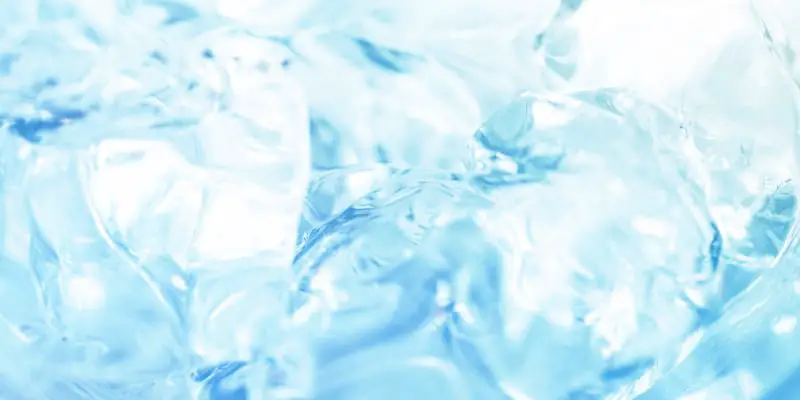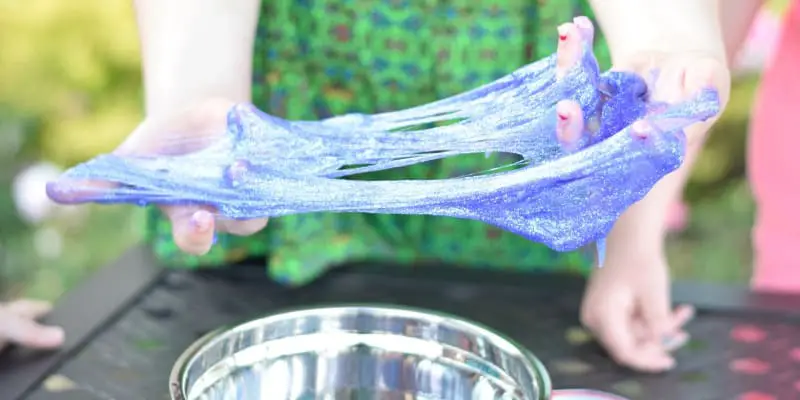Matter Matters! – STEM Projects for 2nd Grade
Many second graders are beginning their exploration of matter for the first time. They learn the various kinds of matter that exist in our universe, and how to classify matter by properties they can observe.
If you’re looking for engaging STEM projects for your grade 2 class, that teach how to identify solids, liquids, and gases with ease, check out these activities below!
Related post: Biology Science Fair Projects for 10th Grade
Matter Scavenger Hunt
One of the most important things we can do as educators is to help students to make connections between the learning they are seeing in their notebooks and the natural world they interact with every day.
Use a scavenger hunt to help students recognize the states of matter within their very own school!
Materials
The world around you and a tracker sheet for students to memorialize their learning.
Instructions
Use this scavenger hunt as an introductory activity to help students identify the states of matter before they begin manipulating them. Explain that students will be given a predetermined amount of time to locate and classify as many different states of matter as possible.
Give examples! Do you begin every morning with a caffeinated drink? Sketch the bubbles in your drink as an example of a gas. Remember that solids will be easy to find, but students might need help locating examples of liquids and gases.
Set a timer and release students to show off their learning! Consider expanding the activity to a playground, outdoor classroom, or cafeteria to broaden students’ potential to locate strong examples.
States of Matter in a Bag

Grade 2 students love projects that they can take home to present their learning to their loved ones. Using this project from education.com, students will not only create a concrete example of each state of matter, but they can also dazzle their parents with the knowledge they are gaining in your class.
Materials
You will need a powdered drink mix (such as Kool-Aid), water, an ice cube tray, a plastic bag, and masking tape.
Instructions
After mixing your drink mix, freeze the liquid drink into an ice cube tray. Once frozen, remove from the tray and distribute it into students’ plastic bags.
Consider introducing friction by having your students rub their hands together with their bagged ice cubes in between them. Introduce inquiry by asking them what they are observing during this time.
If you are brave enough to allow students to keep the bags on their desks to observe throughout the day, ensure that you place masking tape over the zipped portion of the bag to prevent untimely leaks! As the day goes on, ask students to pause and observe their bags. What states are they noticing as the cubes begin melting? As the liquid begins evaporating?
Solid, Liquid, or Gas Model
Some of the best days in classrooms are days where students can incorporate snacks into learning. Children’s eyes often light up when their teacher brings out a container of treats to use in their learning.
Use cereal to represent atoms in this visual display of solids, liquids, and gases!
Materials
You will need cereal and this tracking sheet for students to participate in the learning.
Instructions
Give each student a tracking sheet and a healthy serving of cereal. Help students arrange the cereal like atoms where the atoms within the solids are compressed, the liquids are less compressed, and the gases are the least compressed.
Once arranged, use this opportunity to discuss the connection between the arrangement of atoms and the shape an item will take. Consider getting students up and moving by ending the activity by asking students to use their bodies to model the atom arrangements!
Slime: Solid, Liquid, or Gas?

If you’re teaching in a school, odds are you’ve had an interaction with slime. Regardless of whether you’ve fallen in love with the messy substance for the creative joy it brings your kids or confiscated it for being a distraction, you know that students are in love with this non-Newtonian substance!
Because slime is neither a solid, liquid, or gas, this activity serves as an excellent opportunity for extension. Allow students who have already grasped the concepts at hand to classify individual ingredients along the way and then discuss whether slime fits cleanly into one category or not.
Materials
For this messy but rewarding project, you will need white glue, plastic cups, food coloring, water, Borax powder, popsicle sticks, and measuring spoons.
Instructions
To make slime, you will want to mix the water and Borax in a plastic cup. In a second cup, add about an inch of glue mixed with a few tablespoons of water. Pour the water and Borax into the glue and mix well until it reaches the appropriate consistency.
Pass the slime around the room and allow students to name a property of the slime as they grapple with it. They might give answers like slimy or tell you that it could conform to a container. Ask students about what state slime could be classified as and when they come up stumped, provide them with an explanation that will help them expand their thinking.
Frequently Asked Questions
Why do my students need to learn about states of matter?
Matter makes up everything in the world around us. Eventually, we will want our students to develop the inquiry skills needed not only to understand the world around them but to manipulate it. Having a clear understanding of the states of matter will allow students to manipulate it with greater dexterity as they grow and learn.
What age should students be when they learn about the states of matter?
Many curriculums begin instruction of the states of matter as early as Kindergarten where many students begin to learn more about solids and liquids, while first graders can expand on this topic by introducing gas. By second grade, many curriculums ask that students be able to dig deeper by classifying all states of matter.
Why should I do projects to teach my students about the states of matter?
By second grade, most students have not developed conceptual thinking – they are still concrete thinkers. Allowing students to use models and hands-on experiments to learn about this potentially nebulous concept will allow them to grasp it much more easily and transfer their learning to more complicated concepts as they progress to higher grades.







